Embark on a journey through Barcelona's captivating art and architecture. Explore the visionary works of Gaudí, Picasso, and more, set against the city's stunning landscapes.
GVI
Posted: July 5, 2024

Tasneem Johnson-Dollie
Posted: December 7, 2020
For tourists, Laos traditional clothing may be lovely to look at. But to the local people, these clothes have layers of meaning. Let’s unravel why traditional clothing is such a big part of Lao communities.
When travelling anywhere in the world, what local people wear is often one of the first things that stands out to tourists. This is because people’s dress code can differ significantly from place to place. Have you ever wondered why?
Well, for people, what we wear is a weaving together of culture, history, traditions, personal preferences, and even the environments we find ourselves in.
This is why the colours, styles and choices of Laos traditional clothing worn by Lao people can tell us so much about this country.
Let’s start by taking a look at the history and culture of Laos to learn more about its traditional attire.
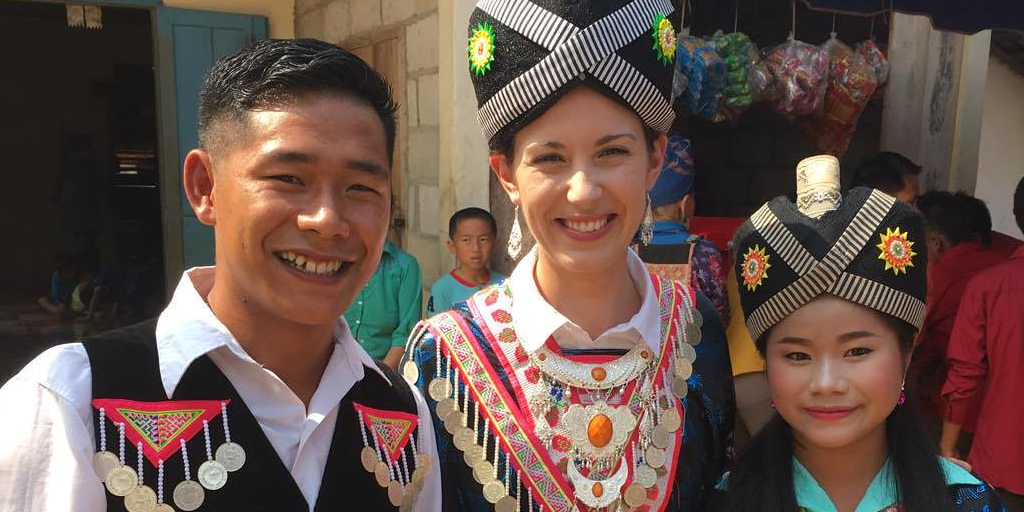
Today, Laos’ population is made up of a number of cultural groups. The Lao people account for 60% of the total population, and their culture is the main influence you’ll see when visiting Laos.
The Lao people are descendants of a tribe who were originally from Yunnan, China. This tribe left China in the thirteenth century, and established the first Lao kingdom in 1353.
The kingdom was called Lan Xang, or “Land of a million elephants”, because of the many Thai elephants that called this area home. The area formed part of the country that would come to be known as Laos in the eighteen hundreds.
The dominant culture of Laos is a representation of the beliefs and traditions of the Lao people – and these are rooted in Theravada Buddhism.
It’s also influenced by the other regional cultures that Lao people have encountered over centuries. These include Chinese, Indian, and Cambodian culture.
And, through trade, Laos has also built relationships with westernised countries, like the United States of America.
Lao culture is one of around ten cultural groups in Laos, including: Khmou, Hmong, Mon-Khemr, Sui, Tua dam, Akha and Loven.
Lao cultures differ in traditions, religious practices, and even the dialect spoken by the Lao people who identify with specific cultures.
When you volunteer in Laos, you’ll work closely with people from the Hmong cultural group in Luang Prabang. You’ll teach English to women, children and novice Buddhist monks. And, you’ll get the opportunity to pick up a few phrases in Lao!
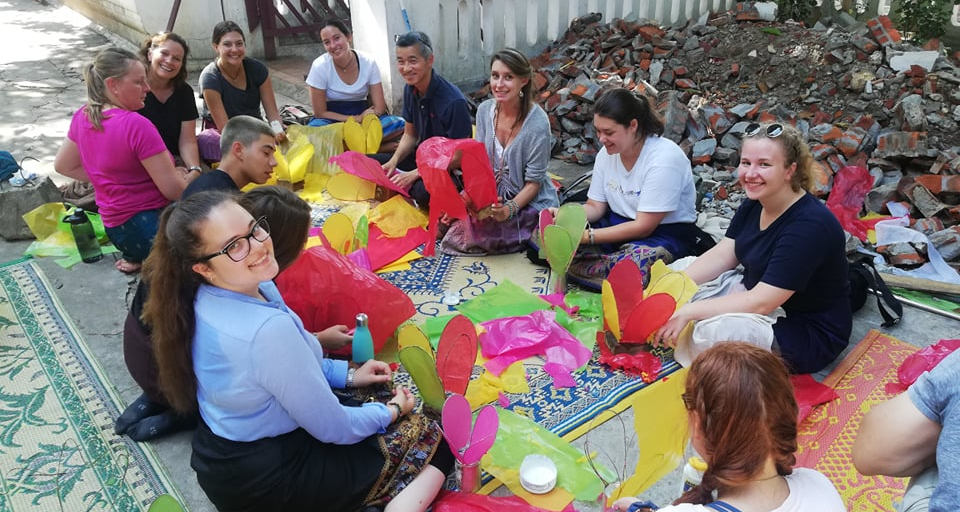
Further reading: Ten reasons to volunteer in Laos
Lao people favour conservative clothing and consider traditional clothing a respectable dress style that also allows them to pay homage to their heritage every day.
And, what Lao people wear day-to-day will give you a deeper understanding of what these types of clothing mean to them and why. How is that?
Well, although it’s true that traditional clothing isn’t everyday attire for all people around the world, many people in Laos do stick to wearing traditional Lao clothing on a daily basis.
In fact, when you travel to Laos, you’ll see men and women walking around in traditional Lao clothing on their way to the market, a friend’s house, or even to pick their kids up from school.
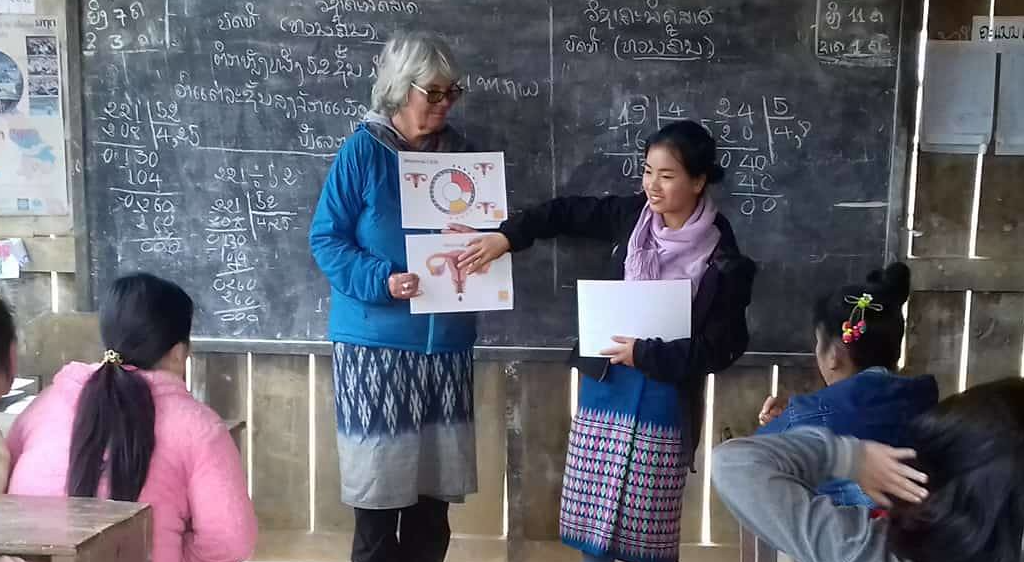
This is because Lao traditional wear is made from many colours and fabrics that are comfortable and practical to wear. But what would Lao people wear on a special occasion? They’d wear the same styles of clothing in brighter designs and made from more expensive fabrics.
For special occasions women usually wear a silk blouse, and men wear a longer-length silk shirt.
For women, elaborate designs are woven into the silk and are an expression of the weaving skills they’ve inherited from their mothers.
And, during festivals or religious events – like Lao New Year – you’ll see the streets flooded with local people in their finest Laos traditional clothing.
Further reading: What you need to know before you travel to Laos
If you’re travelling to Laos, knowing some of the local language can help you to connect with the local people in a meaningful way.
And why not start by complimenting them on what they’re wearing?
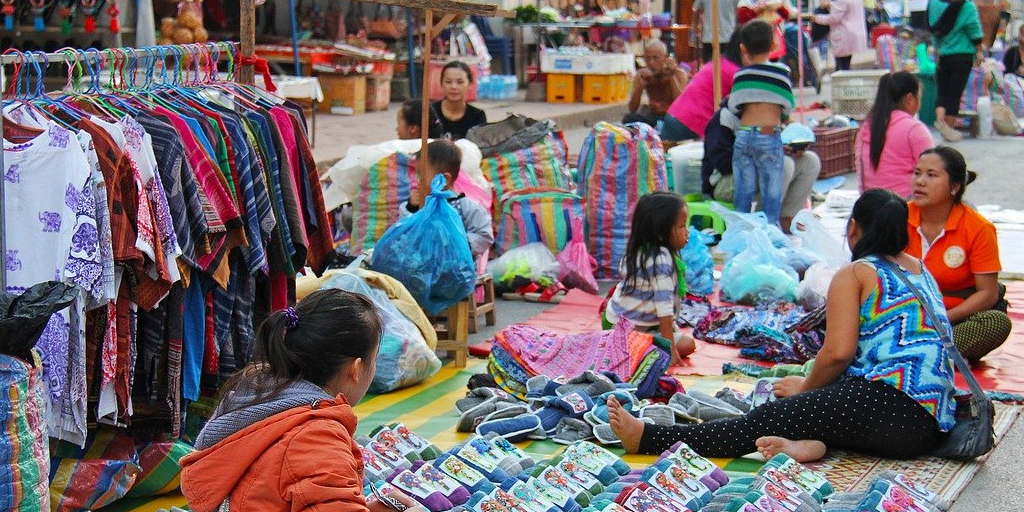
Here are some words you could use to describe the attire of Lao people.
“Sinh”
This type of Laos traditional clothing is worn by women.
It’s made by wrapping and pinning material in a specific way to form a tube-style skirt. The skirt is paired with a traditional shawl that’s draped over one shoulder.
“Salong”
A salong is a puffy pair of trousers worn by men. They’re made by wrapping a large piece of fabric in a specific way around the legs and tucking it in at the waist.
Both of these types of traditional Lao clothing are finished off with a top that’s appropriate for the occasion.
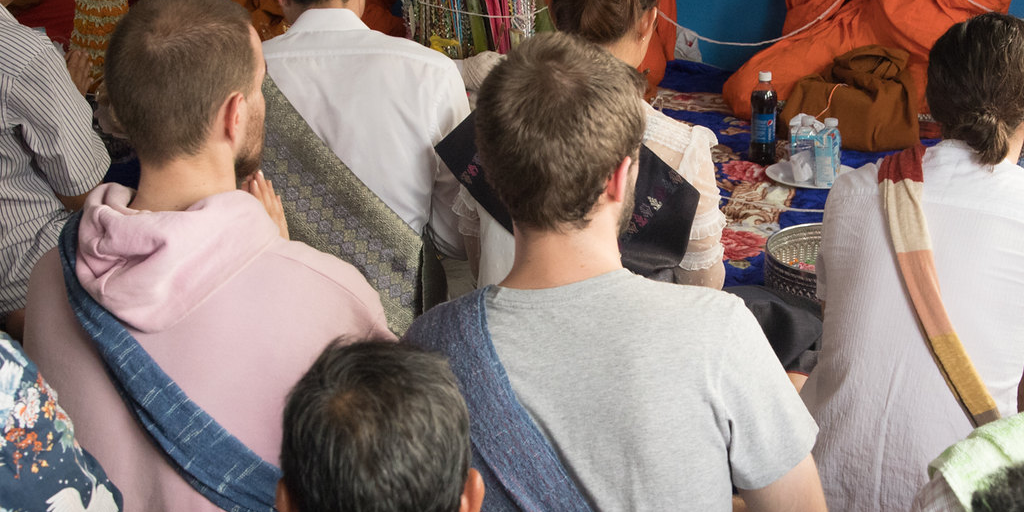
Travelling to Laos is a great way to learn about Lao history.
And, if you volunteer in Laos, you can be sure that you’ll get involved in the types of opportunities that are ethical and responsible. An ethical volunteer organisation like GVI will aim to respect local culture by working collaboratively with community members.
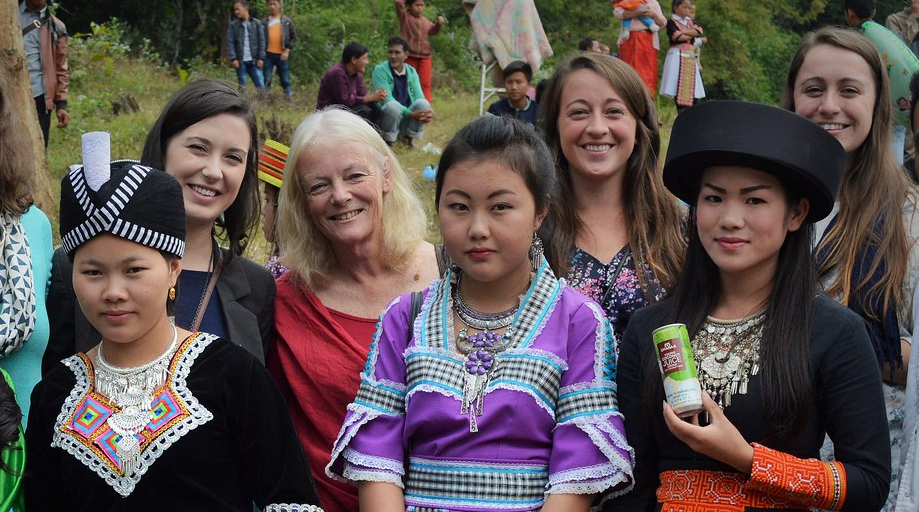
Working on volunteer projects in Laos with GVI will also allow you to interact with local people every day, and learn about Lao history directly from Laotians.
Find out more about GVI’s award-winning community volunteering opportunities in Laos and how you can learn about Laos traditional clothing and practices.
By Tasneem Johnson-Dollie
Embark on a journey through Barcelona's captivating art and architecture. Explore the visionary works of Gaudí, Picasso, and more, set against the city's stunning landscapes.
GVI
Posted: July 5, 2024